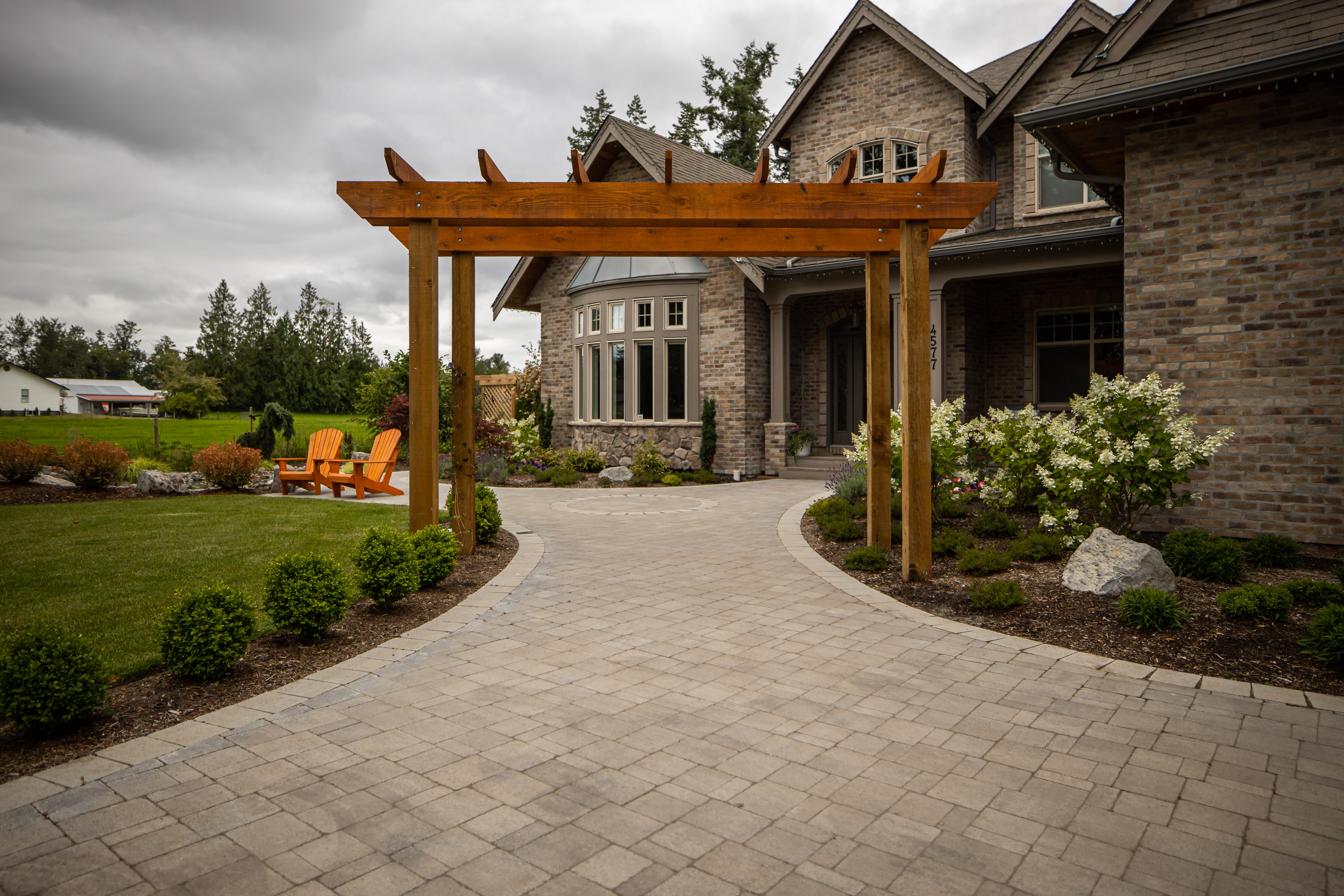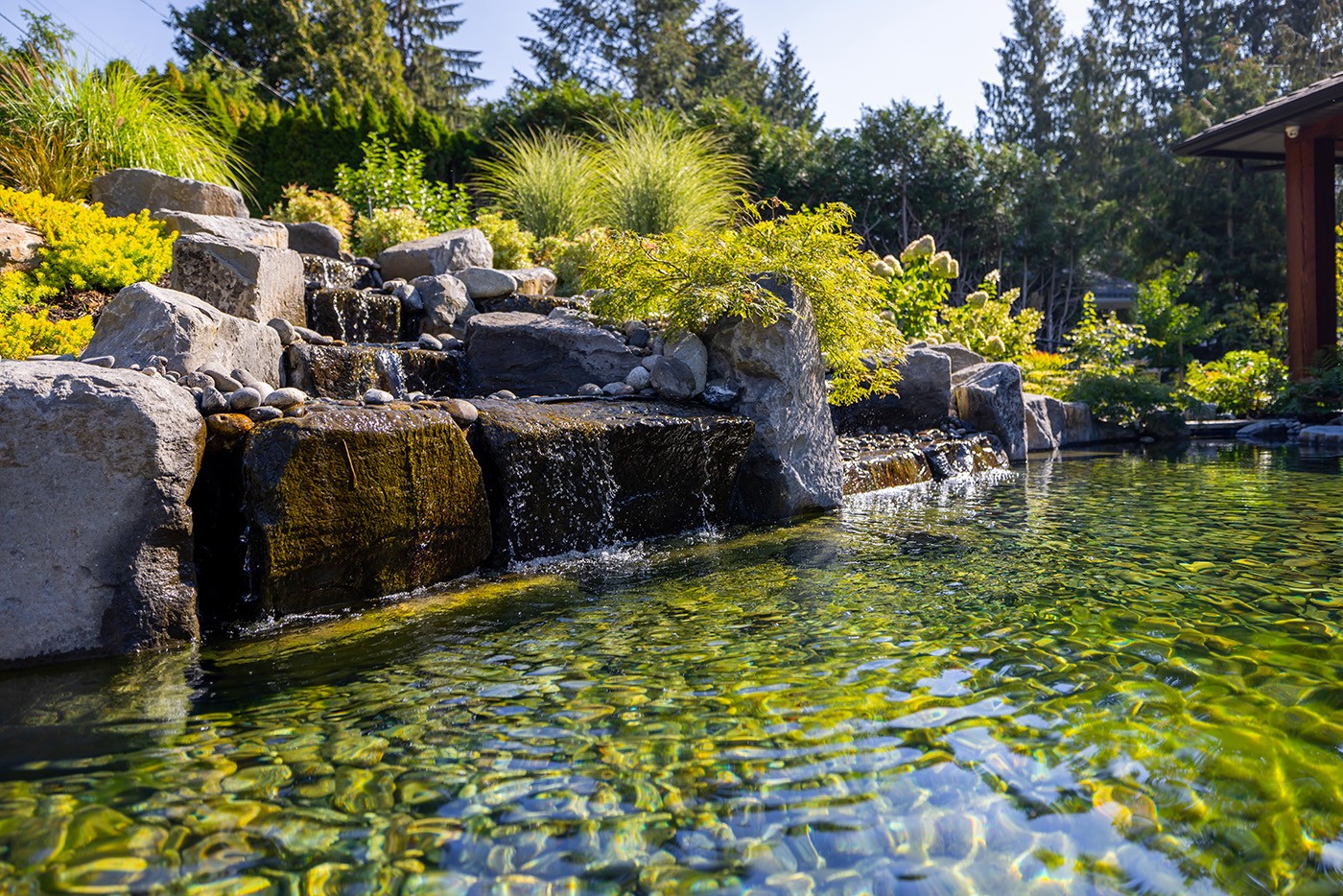
The Best Perennials for the Lower Mainland & the Fraser Valley
How to choose the right perennials for your garden and some of our favourite choices!
How to create a healthy environment and keep them safe from predators.
When choosing fish for your backyard pond, consider factors such as pond size, water quality and how compatible they will be with other fish who will be living in your pond. It's important to provide appropriate habitat, food and regular maintenance to ensure the health and well-being of your fish.
And while some fish prefer more temperate climates, there are plenty that are hardy enough to survive beneath a layer of ice, something that is more of an issue the further north you live.
1. Koi are members of the carp family and a perennial favourite amongst pond owners. They are colourful, hardy and non-aggressive, so you don’t need to worry about them fighting or eating smaller fish. And with enough patience, they can be trained to eat from your hand!
2. Goldfish are also members of the carp family and are an ideal size for backyard ponds. They have all the benefits of their fancy cousins but are inexpensive and easier to care for.
Koi and Goldfish are “tried and true” and delightful additions to any backyard pond, which is why we recommend them to our clients. But if you’re the adventurous type, there are other cold-hardy fish you can include in your backyard pond — but so far 100% of our clients opt to add Koi or Goldfish, so we don’t have direct experience with these other varieties.
3. Rosy red minnows, also known as fathead minnows, are hardy and adaptable fish that can tolerate a wide range of water conditions. They are small, active fish and are often used as feeder fish or for mosquito control in ponds.
4. White cloud mountain minnows are small, colourful fish that can thrive in cooler temperatures. They are peaceful and sociable, making them well-suited for ponds with other fish species.
5. Gold barb is a peaceful and attractive fish that can do well in ponds. They are known for their bright golden coloration and active swimming behaviour and are quite hardy and undemanding of water conditions, although they do prefer to reside in flowing water.
Whichever you choose, it’s important not to release aquarium pets, water garden plants, live food such as fish, crabs or mollusks into rivers, streams, lakes, ponds or storm sewers. These species are not necessarily native and could disrupt the local ecosystem.
Here are some basic guidelines to follow to create and maintain a healthy environment for fish in your backyard pond and promote their well-being and longevity.
Predators, such as herons, kingfishers, raccoons and even your cat, can be pretty persistent when they’re looking for a tasty meal, so no method can guarantee complete protection. That being said, implementing some or all of these measures can greatly reduce the risk and help ensure the safety of your backyard fish.
I was certified by Aquascape in 2021, so I have the qualifications to install water features, including ponds, for our clients. In addition to transforming rocks, plants and boulders into beautiful water features, I also love fish. I, or anyone on our team, would be happy to help answer your questions. You can contact us by scheduling a consultation, emailing or giving us a call.

How to choose the right perennials for your garden and some of our favourite choices!
Keep your yard ready to enjoy while saving you time and money.
Following these guidelines can help increase your home’s value.
A deep-dive into the four main types of backyard pools.
Three design styles and their features, plus photos to inspire you!
Ponds are easier to care for than you may think…







